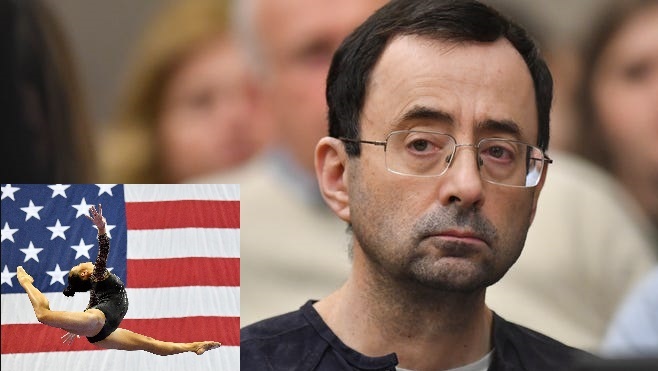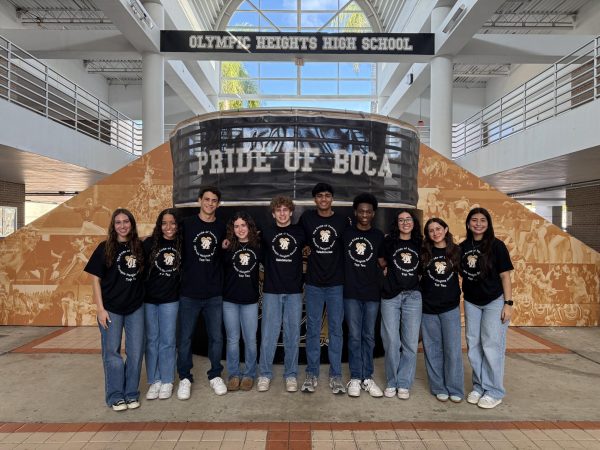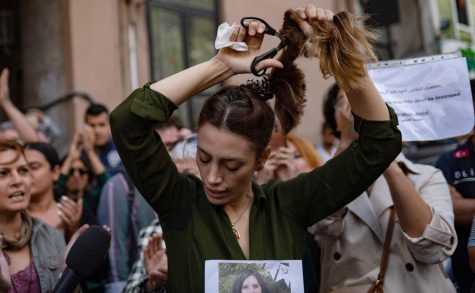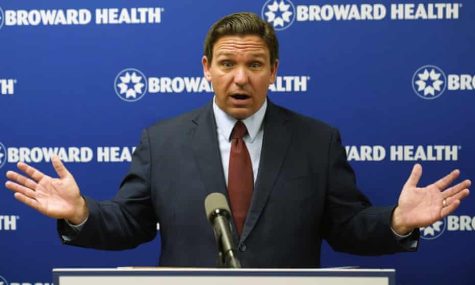Despite legislation, most amateur athletes remain at the mercy of the institutions to which they report sexual abuse
U.S. Gymnastics doctor Larry Nassar has been sentenced to 300 years in prison for years of sexual abuse of U.S. Gymnastics athletes.
The Protecting Young Victims from Sexual Abuse and Safe Sport Authorization Act became federal law on Feb. 14, 2018. The law established the U.S. Center for Safe Sport to act as an independent watchdog put in place to protect young athletes and ensure that they remain and feel safe in any environment with any 18 years or older adult, supervisor, or coach.
Sexual abuse has been a issue that the world has faced long before 2018, but the one incident that really brought oil to the flame was the sex abuse scandal surrounding the USA Gymnastics and their team doctor, Larry Nassar.
Nassar was believed to be a trusted doctor for many years, leading to shock when it was revealed that he had sexually assaulted over 300 athletes entrusted to his care and got away with it for so many years. For all that time, those overseeing the USA gymnastics program turned a blind eye to the glaring red flags signaling Nassar’s behavior thereby enabling him to inflict the athletes under his care with unhealable emotional wounds.
The 2018 Safe Sport Authorization Act as federal law in 2018 was a result of the revelation of Nassar’s abuse and seeks to ensure that young athletes will not fall victim to abuse by those who are in positions of authority and can use that authority to impact just how successful those athletes may be.
However, is everyone protected?
A closer look at the law shows that many young athletes are left without the protection the law was designed to provide. The law only gives authority to the U.S. Center for SafeSport “to respond to reports of sexual misconduct within the U.S. Olympic and Paralympic Movement.” This means that only Olympic level athletes are protected, leaving NCAA and AAU athletes without the protection of such an independent watchdog.
College athletes that report such abuse to their coaches or other university officials are still at the mercy of those coaches and officials to handle the situation in the proper manner. Yet, there are numerous instances where those coaches and officials have ignored and even sought to cover up cases of sexual abuse reported to them by the athletes entrusted to their care.
Perhaps the most famous case of such is that of Jerry Sandusky, the Penn State assistant football coach, who for years sexually abused young boys attending football camps on the Penn State campus. The abuses took place both on and off campus and then head football coach Joe Paterno, the Penn State athletic director, and some higher level administrative officials had been made aware of the abuses and chose to ignore them.
Ultimately, Sandusky was given a 30 to 60 year prison sentence, Paterno, athletic director Tim Curley, PSU vice-president Gary Schultz, and PSU president Graham Spanier either resigned or were fired with Curley, Schultz, and Spanier either pleading guilty to or being convicted of child endangerment. Paterno died before any charges could be brought against him.
While the Sandusky scandal did not directly involve PSU athletes being abused, it serves as a glaring example of the dangers when universities are left to police themselves in such cases, and the Safe Sport Authorization Act does nothing to address those dangers.
There are numerous instances wherein persons in positions of authority failed to act when informed of sexual abuse by school athletes. ESPN reports that in 2015, Harvard University diving coach was accused of sexually harassing female athletes for many years by “soliciting them for photos and sending them pictures of his genitalia. The women say program officials dismissed the complaints at the time.”
There have also been many instances where high school officials have covered up acts of sexual abuse alleged by student/athletes, yet there is still no independent agency to make sure such allegations don’t go unaddressed.











